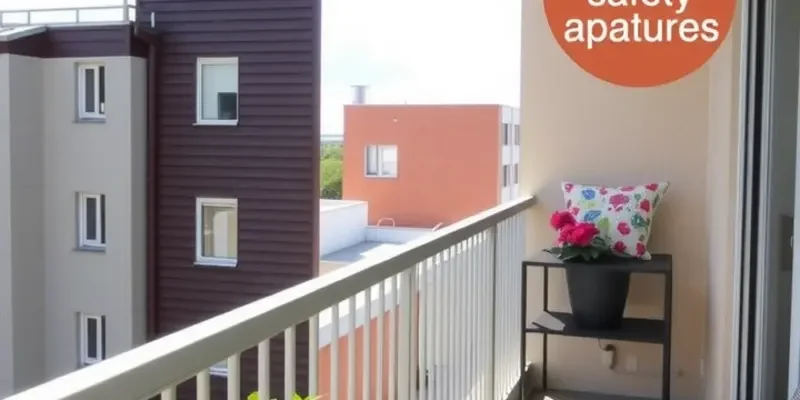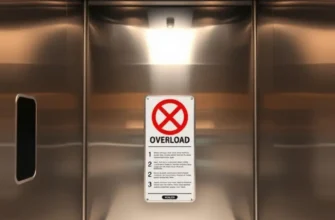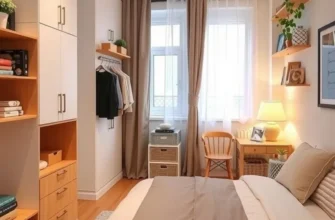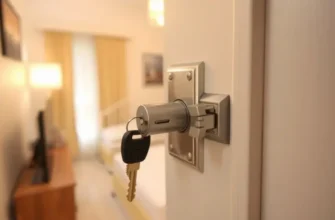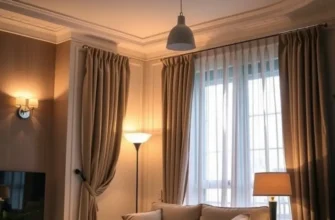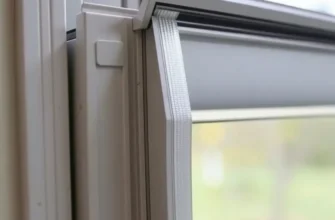Balconies in apartment complexes can be delightful extensions of living space, offering fresh air, views, and a perfect spot for relaxation. However, they also come with safety responsibilities that every renter should keep in mind. From ensuring structural integrity to keeping your belongings secure, proper maintenance and precautionary measures are crucial. By taking safety seriously, you can enjoy your balcony as a safe haven rather than a concern. Whether you’re in a high-rise or a quaint garden-level apartment, this guide will help you navigate the essential safety and maintenance practices for apartment balconies, fostering both peace of mind and an inviting atmosphere.
Balcony Safety Essentials: A Renter’s Guide

Balconies can be a delightful part of apartment living, providing a personal outdoor space. However, ensuring the safety of these structures is pivotal for renters. The first line of defense is securing railings. Check that the railings are firmly in place and not damaged. It is vital to report any loose or rusty railings to your landlord immediately, as these can pose significant safety risks.
Avoid overloading your balcony with heavy items. Balconies have weight limitations that should be adhered to in order to prevent structural damage. Be mindful of the combined weight of planters, furniture, and people. It’s always best to err on the side of caution and consult your building management about the weight capacity of your balcony.
Understanding local regulations is another fundamental step in balcony safety. Many areas have specific rules regarding balcony furniture and decorations. For instance, some regions may prohibit the use of open flame grills. Be sure to research your local codes and guidelines to avoid any infractions.
Identifying and mitigating potential hazards can keep your balcony a safe zone. Look for signs of wear and tear, such as cracks in the flooring or rust stains. Inform your property manager promptly to avoid accidents. Additionally, evaluate the safety of balcony doors and locks to prevent unauthorized access or accidental lockouts.
Emergency preparedness is crucial. Know your building’s emergency evacuation plan and ensure your balcony is not obstructed. In case the balcony is your escape route, it must be free from clutter. Regularly test smoke alarms, which play a crucial role in alerting you to potential dangers. For more on testing smoke alarms, visit this guide.
Finding and understanding building safety guidelines is imperative. These guidelines are typically available from your landlord or property management office. Familiarizing yourself with this information will clarify your responsibilities and rights as a renter. It will also provide steps to follow should safety issues arise.
Incorporating these essential practices will help maintain a secure environment on your balcony. Balancing the joy of outdoor space with these safety measures ensures you can enjoy your balcony confidently and without trouble.
Maintenance Tips for a Trouble-Free Balcony Experience
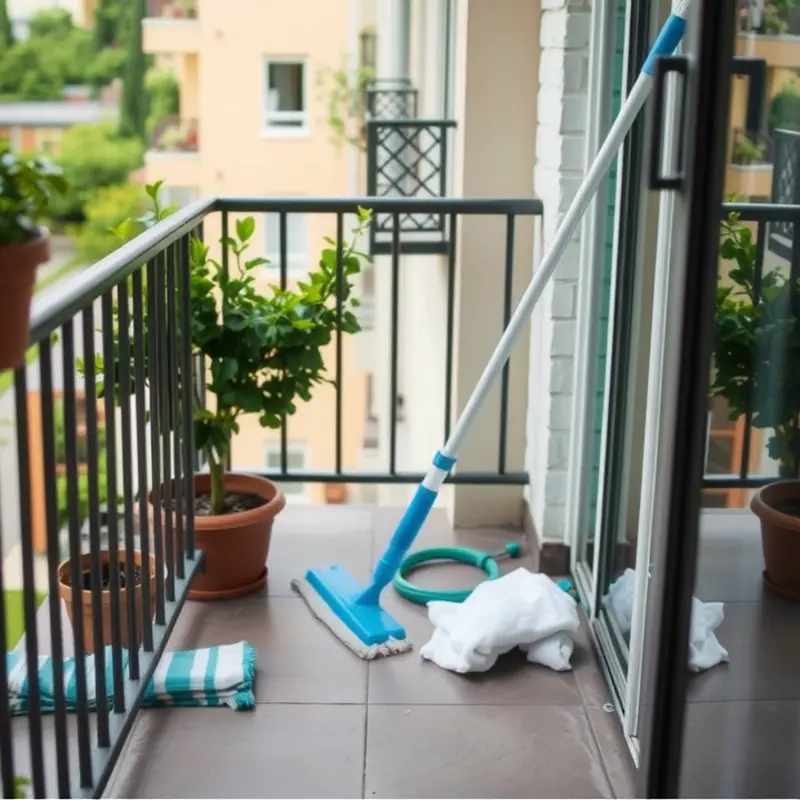
Proper maintenance is essential for enjoying your balcony while ensuring safety and compliance with rental regulations. As a renter, your approach must be proactive yet careful, avoiding permanent modifications unless approved by your landlord.
Routine Inspections
Start by scheduling regular checks. Monthly inspections allow you to identify issues like loose railings, damaged flooring, or any signs of structural wear. Pay attention to cracks or splits in wooden railings, and ensure metal railings are free from rust. Document any concerns and report them to your property manager promptly.
Cleaning Tips
Keeping your balcony clean aids in its longevity. Sweep the floor regularly to remove dust and debris, which can accumulate and cause deterioration over time. For a deep clean, use a mixture of gentle soap and water. Avoid harsh chemicals as they can damage surfaces and potentially violate lease agreements. Cleaning under furniture and in corners prevents mold growth, while a stiff brush can be used to tackle stubborn stains on concrete surfaces.
Managing Seasonal Changes
Different seasons introduce unique challenges. In the winter, ensure snow and ice are removed promptly to avoid slip hazards and damage from freeze-thaw cycles. In the summer, protect against excessive sun exposure which can fade surfaces. This can be achieved using UV-protection sprays for furniture or shade sails to cool the area, enhancing both comfort and furniture lifespan.
Preventive Measures for Common Issues
To minimize rust, regularly inspect metal components and apply a rust-inhibiting primer if required. Mold prevention requires maintaining airflow, which can be assisted by occasional rearranging of furniture and the use of dehumidifiers if necessary. To handle wear and tear on outdoor furniture, consider covers that protect against both precipitation and UV radiation.
Renter-Friendly Upgrades
Enhance your balcony’s look and functionality with renter-friendly solutions like DIY privacy screens. These provide seclusion without permanent installation. Add potted plants to create a vibrant space; they can be moved or altered easily without violating your lease. Removable deck tiles can invigorate floor aesthetics and are simple to install or remove when moving out.
Embrace these maintenance strategies to keep your balcony a pleasant retreat while ensuring compliance with your rental agreement. By adopting these practices, you can confidently enjoy your outdoor space, knowing it is safe and well-cared for.
Final words
Enjoying your apartment balcony can significantly enhance your living experience, but it requires your attention and care. By prioritizing safety and adhering to maintenance tips, you can transform your balcony into a personal retreat while ensuring it stays in top shape for years to come. Remember that your safety and security should always come first. Equip yourself with the knowledge shared here, and enjoy all the pleasures your balcony has to offer without worry.

